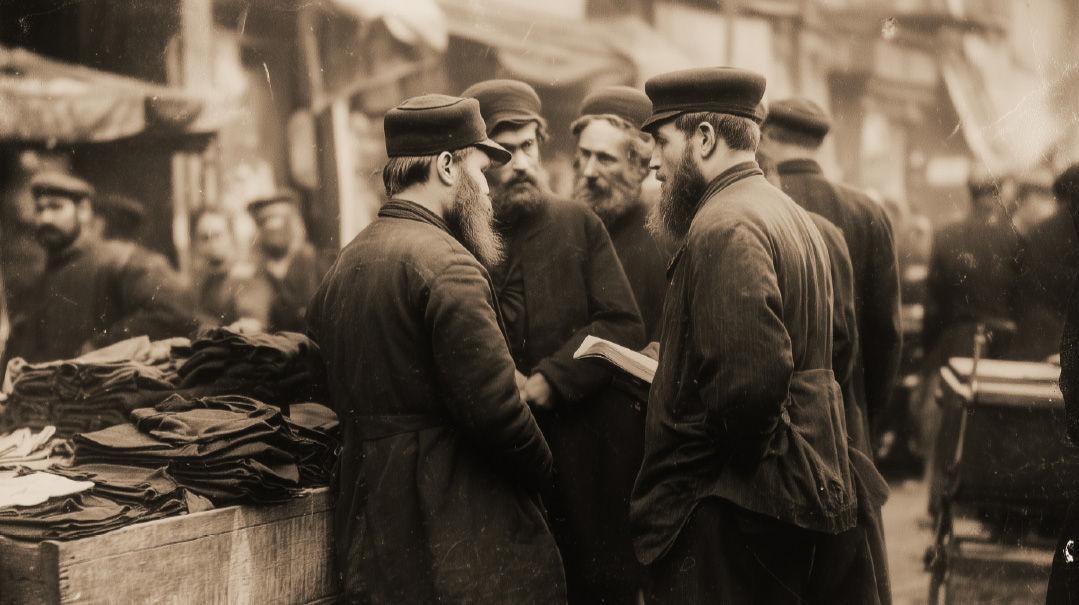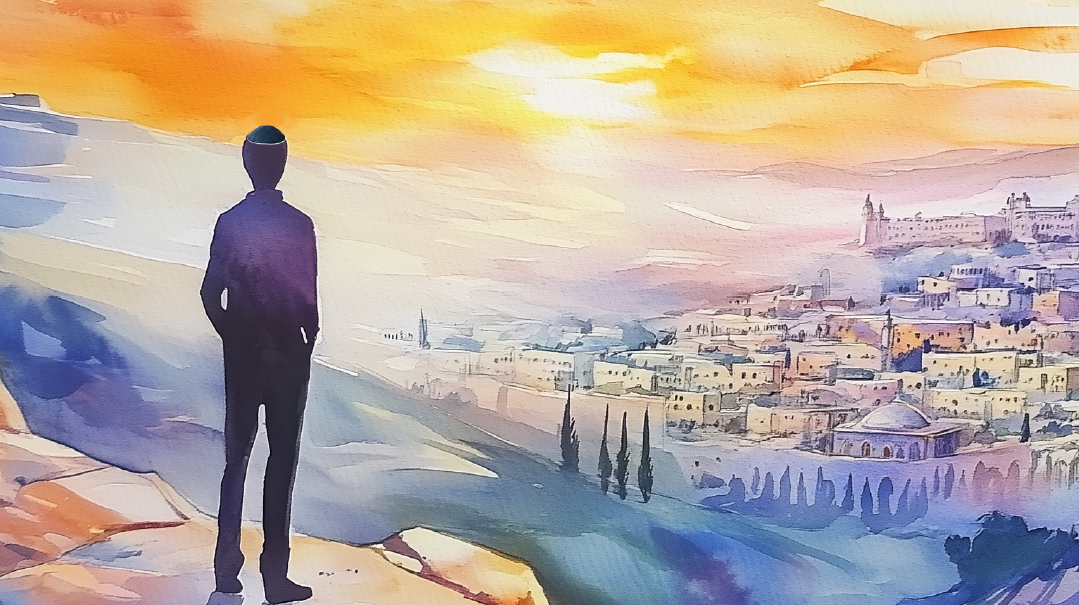Back Home Again?
| July 15, 2020And then one day in 2016, all that changed when I brought up Google Maps on my iPad and searched for Bendzin

As the daughter of a Holocaust survivor, I grew up hearing my father, Naftali Faska, talk about how he would never spend a dime on the cursed Polish soil and how ridiculous it was that people went back to visit their towns that they had once called home.
“What, they were so good to them that they want to go back?” my father would wonder incredulously.
Yet throughout my childhood, I’d often hear my father reminisce about a place and a time that no longer existed, referring to Bendzin (Bendin in Yiddish, Będzin in Polish), the Polish city where he grew up, as “back home.” My Brooklyn-born mother would constantly remind him that America was his home now, but just as my father’s primary language always was and always will be Yiddish, pre-World War II Bendzin will forever be the home of his heart, no matter how good America has been to him. And who can blame him? My father was only 11 years old when the Germans invaded Bendzin, just two days after they stormed Poland in September 1939.
My father rarely discussed his wartime experiences with us when we were growing up, but we heard often about his childhood, when life was simple and where Yiddishkeit, especially the chassidishe variety, thrived. We knew, for example, that there was an eiruv in town, but that his family didn’t use it. (The one exception was carrying home their cholent, cooking overnight in the bakery’s oven, a task relegated to the pre-bar mitzvah children.) We were regaled with recollections of Bendzin’s great shul, a place so large that in his entire lifetime, my father claims he’s never seen a shul of comparable size or beauty. But those nostalgic memories are remnants of a world that no longer exists, and one that we could hardly conjure up in modern times.
And then one day in 2016, all that changed when I brought up Google Maps on my iPad and searched for Bendzin.
There it was. The river that my father skated across during the frozen winter months was still there. The massive castle that dominated the landscape still stood nearly 700 years after it had been built. Perhaps the Bendzin of my father’s childhood was gone, but the city hadn’t been swallowed up by the earth as I had imagined — and the next time I visited my parents, I brought my iPad with me.
Scanning the map, we found Stanislawa Malachewskiego, the street where my father lived when he was small, and scrolling up and down, he showed me the park and the hospital that he remembered from long ago. Other landmarks, though, hadn’t fared as well. The Agudah shul across the street was obviously gone, and 80 years later, my father couldn’t identify which of the multi-story buildings had been his home.
While the town of Bendzin was still alive and well, it was clear that the city that lived on in my father’s heart no longer existed. And so, I turned off my iPad and thought I was closing the door on Bendzin and a chapter in my family history for good. Little did I know how wrong I was.
Oops! We could not locate your form.













